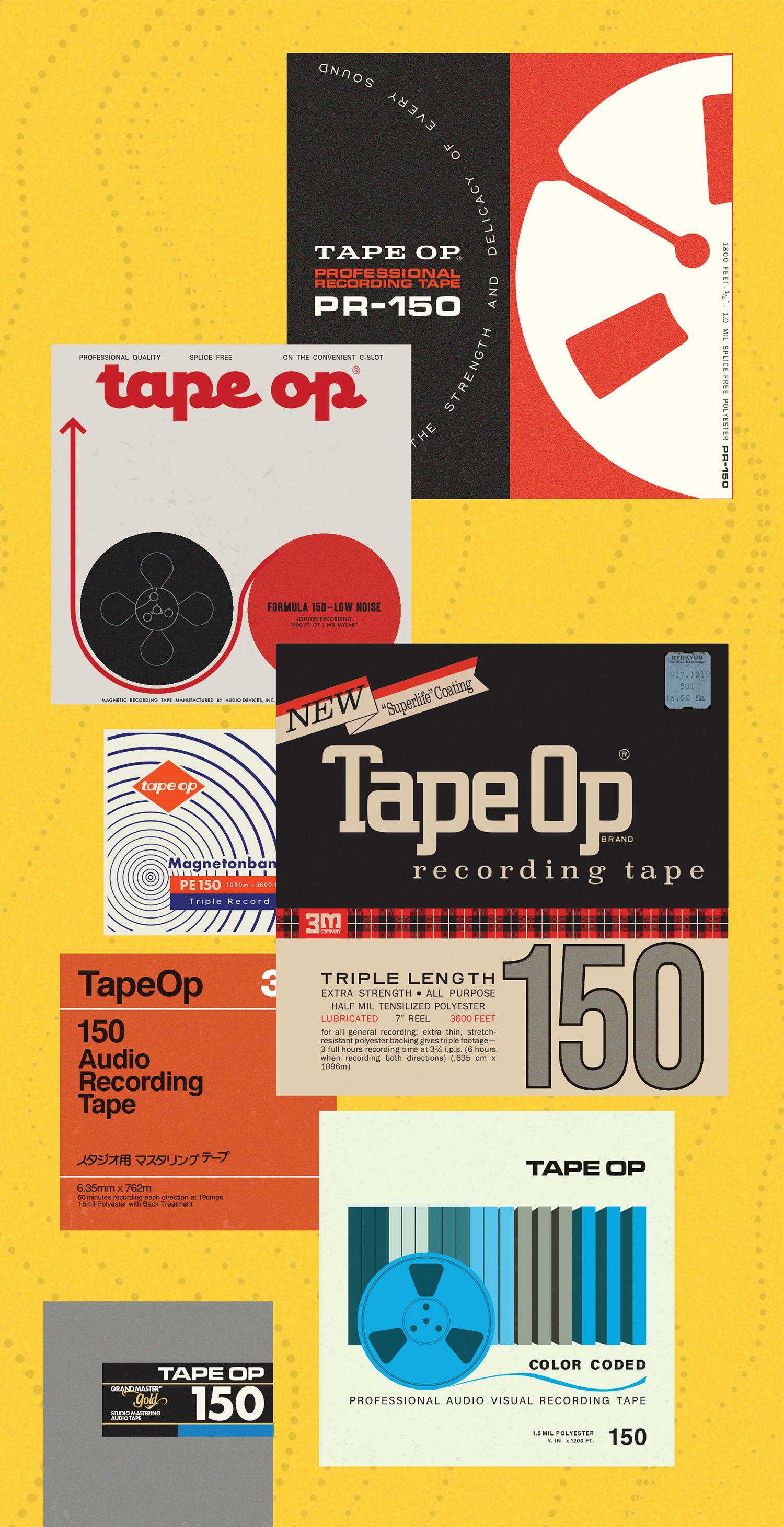This is a new one. FiDef is a psychoacoustic process MAAT licensed from FideliQuest LLC for inclusion in thEQblue (which is a sweet EQ – but that’s a different discussion). Now available as a standalone plug-in, FiDef JENtwo is available without the EQ. First, I’ll summarize the formal explanation of what this processor entails, followed by my “real speak” version.
The FiDef algorithm adds a very low amplitude psychoacoustic stimulus to audio signals. Technically, FiDef JENtwo is added to the signal rather than modifying it. The process generates a correlated anharmonic, sub-audible broadband signal. According to MAAT’s website, the signal is targeted at our minds, and the FiDef process relaxes the brain’s cognitive processing. The MAAT website also states “Brain physiology laboratory tests employing neuroimaging techniques uncovered increased activity in the areas responsible for audio perception and mental focus,” further supporting these claims.
So, here’s my translation: The FiDef process adds tiny amounts of signal to audio (we’re talking in the range of -40 to -60 dBFS). Despite the low magnitude, the process is energetic, dynamically changing in response to the source audio. The individual profiles massage the correlation differently, resulting in further shades of emphasis.
The interface is minimal, with a single dropdown menu listing the five available Profiles. Each Profile defines FiDef signal amplitude, power spectrum, and what the noise correlates to. The default names are unique, so I’ll include my perception of the personalities: 1. TRUKN = “… if you’re going to use this plug-in, you can’t go wrong with this setting.” 2. TRUKN HUSH = “You want to use FiDef JENtwo, but don’t want to get in trouble for doing so.” 3. SUTRO = “You want to use this, you’re allowed to use this, and this is the one you should use.” 4. RESNO = “Behold my upper mids! (in a good way)” and finally 5. EVOSE = RESNO has a twin sibling named EVOSE. The only way to tell them apart is that TRUKN is a little more reserved, whereas EVOSE elicits more articulation/clarity.
I tend to dismiss subconscious secret signal processors as money grabs, but this title is different. Humans receive more stimuli than we can consciously process. The FiDef process creates audible differences that demand our attention. It says to our brains, “Hey, something’s different. Let’s investigate.” Remember when the first decent guitar amp simulators hit the market – those red kidney bean things? The company’s goal was to reproduce the sound of a recorded amp. That didn’t stop people from using them in live rigs, where they were notoriously flat and odd-sounding. The FiDef process is the inverse of that phenomenon. Yes, the sound is ever so slightly different, but rather than a distraction, it’s an invitation to engage with the music. Our brains have always had this capacity, but the FiDef process prompts us to use it.
I found that FiDef JENtwo works best on full mixes, bus channels, or stems. It’s also essential to give your ears some time to grow accustomed to the processing. Unlike reverb or distortion, which we can detect quickly, FiDef JENtwo takes a few seconds before the results develop. I recommend creating your own descriptions regarding the personalities; it will make you more efficient when reaching for this plug-in. Like any effect, FiDef JENtwo isn’t for every track, but in the right circumstance, it can add some excitement and dimension unlike anything on the market.




_disp_horizontal_bw.jpg)